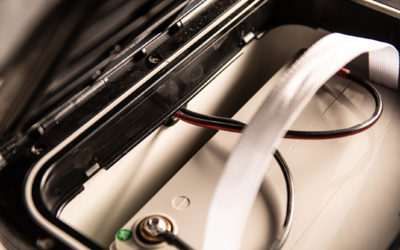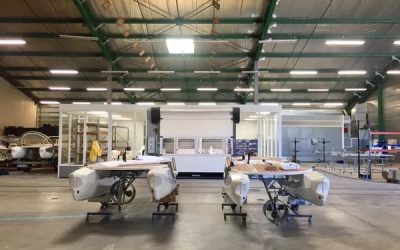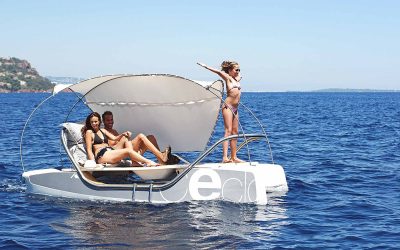🌊 The History of the Pedal Boat: From Leisure to Legacy
When you think of a sunny afternoon at the lake or a lazy day on calm waters, chances are you picture a small boat powered not by wind or motor, but by your own two feet. The pedal boat—or pédalo, as it’s called in French—is a timeless symbol of leisurely water fun. But where did it come from, and how did it become such a staple of waterfront recreation?
🚴 What Is a Pedal Boat?
A pedal boat is a human-powered watercraft driven by pedaling, similar to a bicycle. Instead of wheels, the pedaling mechanism turns a paddle wheel or propeller that moves the boat forward. Most pedal boats are made for two to four passengers and are popular for short trips on lakes, ponds, and calm coastal areas.
🕰️ Origins in the 19th Century
The concept of human-powered boats dates back centuries, but the modern pedal boat began to take shape in the 19th century. Inspired by bicycle technology and paddle steamers, inventors began experimenting with pedal-driven boats as early as the 1870s. Some of these early prototypes resembled tricycles mounted on pontoons!
The first practical models started appearing in Europe, particularly in France and Germany, where lakeside tourism and leisure boating were growing in popularity.
The French Touch: Enter the “Pédalo”
It was in France that the pedal boat really found its niche. The term “pédalo” became popular in the mid-20th century and remains the most recognized name in many European countries. French lakes and rivers were dotted with colorful pédalos by the 1950s and 60s, often rented by vacationers enjoying the rise of affordable tourism.
French manufacturers played a major role in shaping the modern design: sleek, durable plastic hulls, twin or quad seats, and a simple steering system that anyone could use.
🚤 Evolution and Modern Appeal
Over the decades, pedal boats have evolved in both design and purpose. Innovations have included:
Sunshades and canopies for comfort.
Eco-friendly materials, such as recycled plastics.
Electric-assist models, combining pedaling with battery-powered propulsion.
Themed designs, like swans, cars, or even dragons for amusement parks.
Despite these changes, the core appeal remains the same: a fun, relaxing, and eco-conscious way to enjoy the water without noise or pollution.
🌍 Global Popularity
Today, pedal boats are found on lakes, lagoons, and beachfronts around the world—from Paris’s Bois de Boulogne to Central Park in New York, to floating markets in Southeast Asia. They’ve become a beloved part of vacation culture and family outings.
💡 More Than Just Fun
Pedal boats are not just for recreation. In some parts of the world, they are used for:
Water patrols in small protected areas.
Aquatic fitness in resorts and wellness retreats.
Environmental education and eco-tours that promote sustainable tourism.
Final Thoughts
The pedal boat may be simple, but it carries a rich history of innovation, leisure, and cultural charm. Whether you’re pedaling across a lake with friends or drifting solo under the sun, you’re part of a legacy that blends exercise, technology, and pure joy.
Next time you hop into a pédalo, take a moment to appreciate its humble origins and the generations of fun it has delivered across the world.




